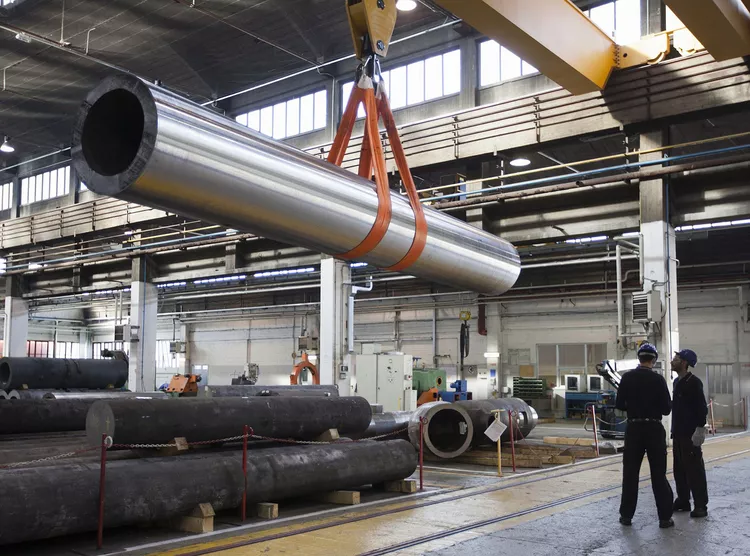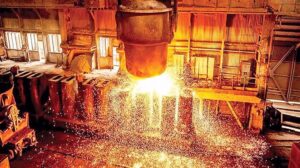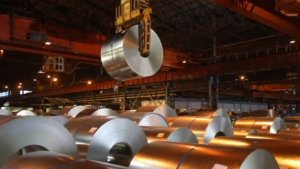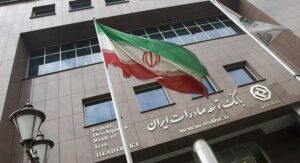
Iran’s Iron Industry: An Overview of Capacity and Exports

1. Introduction: Iron’s Role in Iran’s Economy
Iron is one of the most vital industrial and mineral resources in Iran, playing a significant role in infrastructure, steel production, and non-oil exports. Thanks to its rich iron ore reserves, Iran ranks among the largest iron producers in the Middle East and maintains a growing presence in international export markets.
2. Mineral Resources and Reserves
According to official data, Iran holds more than 5 billion tons of proven iron ore reserves. Major mines such as Golgohar, Chadormalu, Sangan, and Sechahun are among the primary extraction sites. With ongoing infrastructure development and modern equipment, these mines are steadily expanding their capacity for production and processing.
3. Domestic Production Capacity
Iran annually extracts between 80 to 100 million tons of iron ore. The country is also scaling up its production of concentrate, pellets, and sponge iron. Leading companies like Mobarakeh Steel, Khouzestan Steel, and Hormozgan Steel are critical players in the supply chain. The national industrial plan targets the production of 55 million tons of crude steel by 2025 (Iranian year 1404).

4. Iron and Steel Exports
In recent years, Iran has increased its exports of iron-based products, including pellets, concentrate, and sponge iron, to countries such as China, India, Turkey, and several African markets. Despite international sanctions, Iran has maintained its position by leveraging new trade routes and offering competitive pricing.
5. Challenges and Opportunities
While challenges such as sanctions, currency volatility, and underdeveloped transportation infrastructure persist, Iran’s proximity to emerging markets, low production costs, and rich natural resources create significant competitive advantages. The demand in Asia and Africa further strengthens Iran’s export potential.

An Iranian flag flutters in front of the head office of the Export Development Bank of Iran (EDBI) in Tehran November 9, 2008.
6. The Role of Government and Private Sector
The Iranian government supports the iron industry through development plans, incentives, and mineral processing initiatives. At the same time, the private sector has played a growing role by investing in steel production, building modern facilities, and enhancing efficiency, contributing to the industry’s overall progress.
7. Conclusion: A Promising Future
With abundant reserves, growing production capabilities, geographic advantages, and a strong focus on export development, Iran is poised to become a major player in the global iron market. Foreign investment, expanded trade relations, and improved logistics will be key to unlocking this potential and ensuring sustainable growth.



